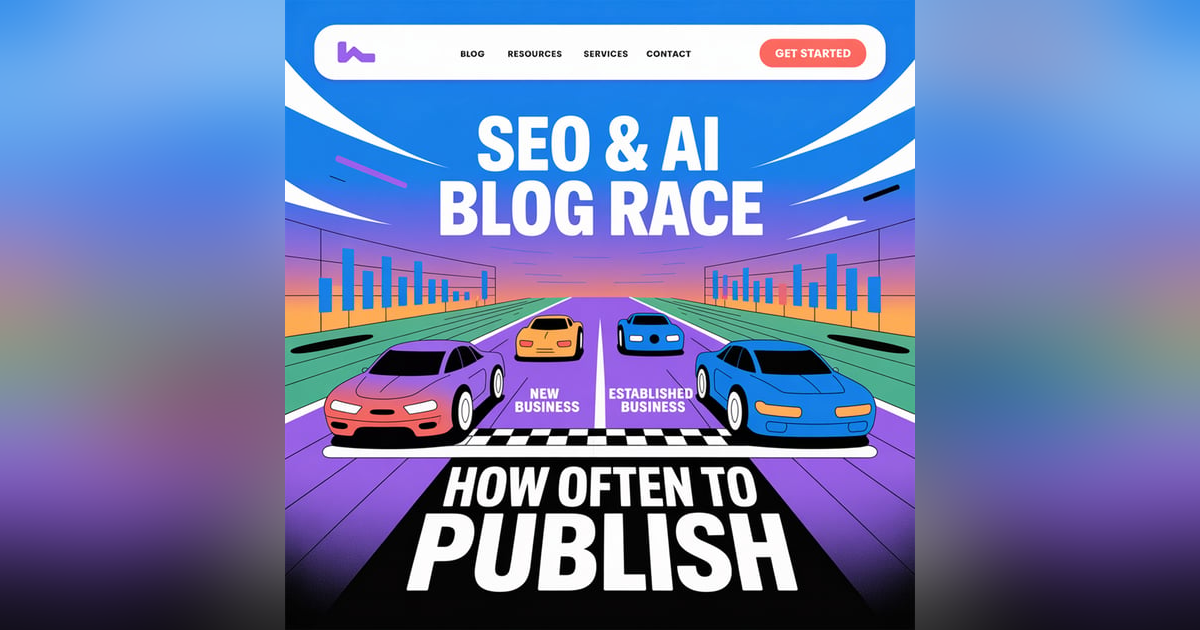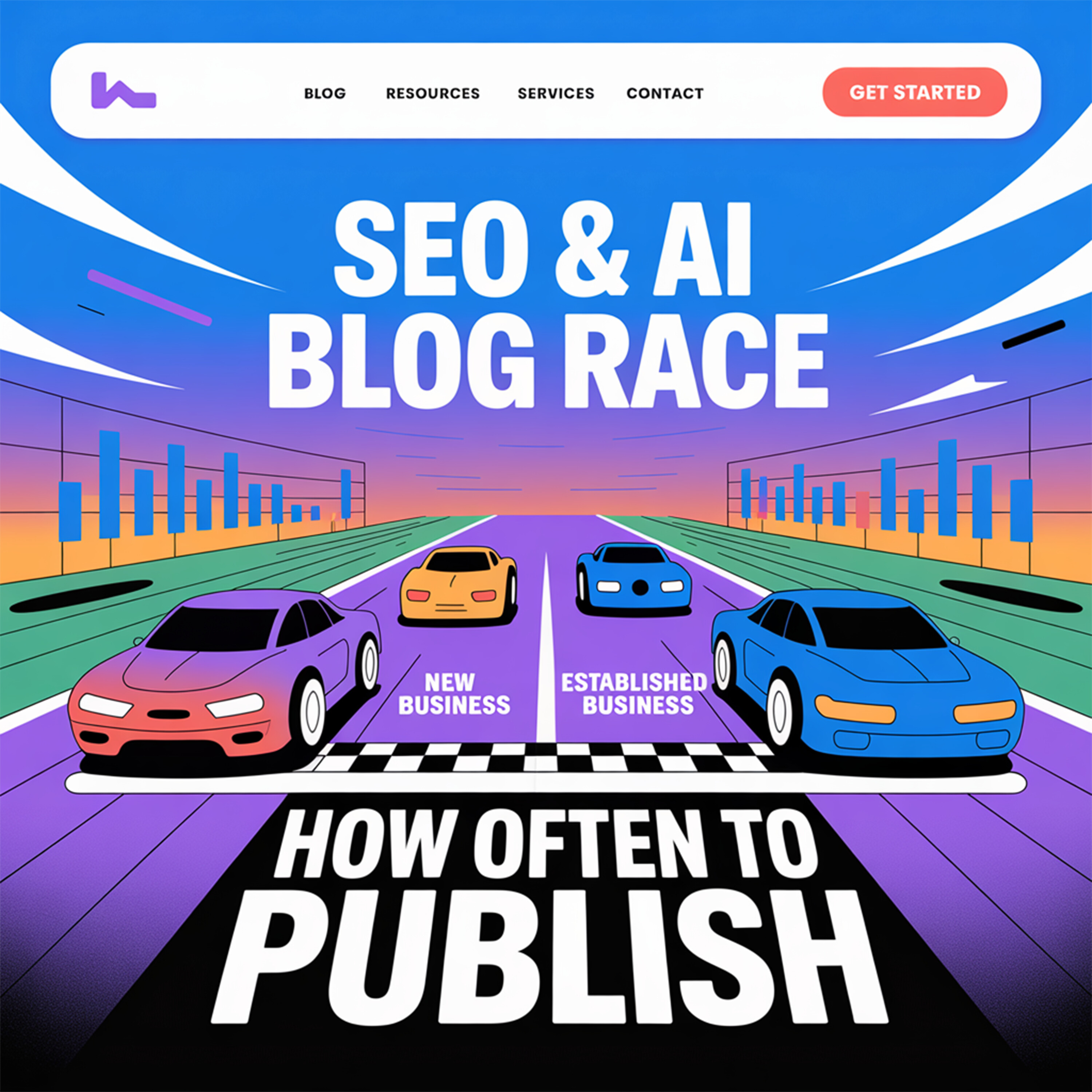What Are the Best Blogging and Publishing SEO Practices for New or Established Websites? (Digital Marketing Masterclass with Favour Obasi-ike)


What Are the Best Blogging and Publishing SEO Practices for New or Established Websites? (Digital Marketing Masterclass with Favour Obasi-Ike) | Get exclusive SEO newsletters in your inbox.
This marketing discussion from Clubhouse audio centers on Search Engine Optimization (SEO) and its role in online business growth, particularly through blog content. It emphasizes that SEO is more than just ranking; it's a consistent strategy for online visibility.
Favour Obasi-Ike recommends publishing blog posts regularly, suggesting one to two per week for new businesses and three to four for established ones, while also stressing the importance of updating older content to maintain relevance and a competitive edge.
Furthermore, the conversation highlights the significance of structured data, diverse content formats (text, audio, video), and distributing content across various platforms to maximize reach and engagement, ultimately leading to organic traffic and reduced advertising costs.
FAQs on SEO Content Strategy for Online Growth
How often should a new website publish blog posts for SEO?
For a new website just starting out and building momentum, it's recommended to publish one to two blog posts per week. This approach allows a new business or solopreneur to establish a consistent online presence without feeling overwhelmed. Publishing once a week translates to 52 new web links annually, which can significantly contribute to a website's visibility on search engines like Google, ChatGPT, and Bing. This frequency is considered a "gear one to gear three" strategy, focusing on foundational content and answering common customer questions.
What is the recommended blog post frequency for established businesses aiming for accelerated growth?
Established businesses looking to drive fast and significantly boost their SEO should aim to publish anywhere from three to four times a week. This higher frequency, referred to as moving from "gear one to gear five," is for businesses with the resources to create consistent, high-quality content. The more frequently new and updated content is published, the faster search engines like Google understand the website's relevance and authority, leading to improved rankings and increased organic traffic.
Beyond initial publication, how important is updating old blog posts for SEO?
Updating old blog posts is crucial for maintaining SEO relevance and extending the lifespan of your content. Every time an article is updated (given a "last modified" date), it resets its 24-month relevance cycle with search engines. This combats "content decay," where older, un-updated articles lose visibility to newer, more recent information on the same topic.
Best practices suggest updating content monthly or at least quarterly. Updates can include adding FAQs, recent statistics, use cases, quotes, videos, or other rich media. This consistent updating signals to search engines that your content remains current, practical, and authoritative, improving its chances of ranking higher and for longer.
What are the "three levels" of showing up online that are critical for SEO?
The three critical levels for showing up online in a systematic and structural way are:
- Website: This is the overall digital presence, providing the "full platter" of your brand and offerings.
- Web Page: This refers to individual pages within the website that contain specific content. It's the "content of the website."
- Web Link (Blog Post/Article): These are the individual pieces of content that provide access to the specific information on a web page. They serve as "leading tools" for growth and are the primary way people find content on search engines. These three layers must work together, much like the components of a burger or sandwich, for effective online visibility.
How do search engines evaluate content, and what role does "structured data" play?
Search engines evaluate content by reading both the visible text (HTML) and the underlying script (XML). To rank effectively, content needs to be presented as "structured data," which goes beyond just getting a raw response from an AI tool. Structured data includes elements like headings, titles, metadata, schema markup, internal and external links, images with alt text, and other organizational components. These elements help search engines understand the context, relevance, and relationships within your content, making it easier for them to index and rank your pages for relevant queries.
Search engines, including AI platforms like ChatGPT, scan the top 20 Google results for relevance, recency, and practicality, aligning with Google's E-E-A-T (Experience, Expertise, Authority, and Trust) guidelines.
How can businesses maximize the reach and impact of their blog content beyond just publishing it on their website?
To maximize reach, blog content should be actively distributed across various platforms, treating each blog post as a valuable piece of intellectual property. This includes:
- Email lists: Sending new blog posts to subscribers.
- Social Media: Sharing content on platforms like YouTube (as video), X (formerly Twitter), Reddit, Pinterest, and Threads.
- Content Repurposing: Transforming blog posts into videos, podcasts, infographics, or other formats to suit different platforms and audience preferences.
- Connecting with other content: For instance, ensuring every podcast episode has a corresponding blog post to appear on Google.
This multi-channel approach leverages both search (people actively looking for information) and social (content being discovered in feeds) to drive traffic and engagement, increasing the chances of content being seen and resonated with.
What is the impact of regularly updating website content on search engine understanding and overall business value?
Regularly updating website content, particularly blog posts, significantly enhances search engine understanding of your business and its offerings. The more often you update your content, the more thoroughly Google and other search engines comprehend your topics, expertise, and relevance. This consistent engagement builds trust and authority.
Furthermore, the content on your website contributes directly to its intellectual property and overall business value. Just as renovating a house adds value, adding and updating content to your domain increases its worth, making it a more attractive asset for potential scaling or sale. A diverse range of well-optimized content allows your website to "tackle different channels" and answer a broader spectrum of user questions, akin to a television offering many channels.
What are common pitfalls to avoid when creating content for SEO, especially regarding AI tools?
A major pitfall to avoid is simply copying and pasting content generated by AI tools like ChatGPT without further refinement. While AI can be useful for gathering information or suggesting ideas, the output is often "unstructured data." Directly using such content can lead to penalties from search engines because it may regurgitate information already available elsewhere, lacking originality, structure, and the human touch that builds E-E-A-T. Instead, AI tools should be used strategically:
- Restructuring: Use AI to rewrite content in a specific style (e.g., lifestyle blog, third-person with quotes and attributions).
- Idea Generation: Obtain content ideas or initial drafts.
- Enhancement: Incorporate AI-generated elements after thorough review and integration into your structured format.
The goal is to transform unstructured AI output into well-structured, original, and valuable content that resonates with both human readers and search engine algorithms.
Digital Marketing SEO Resources:
Brands We Love and Support
Discover Vegan-based Luxury Experiences | Loving Me Beauty Beauty Products
See Privacy Policy at https://art19.com/privacy and California Privacy Notice at https://art19.com/privacy#do-not-sell-my-info.


